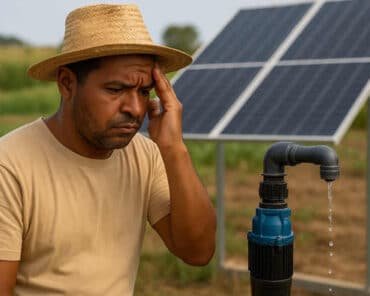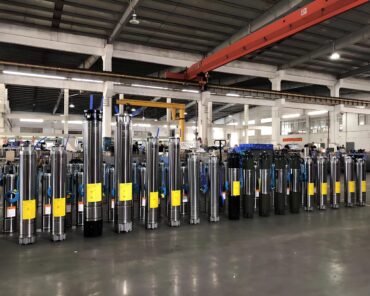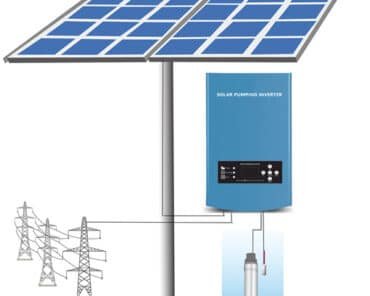The Complete Guide to Choosing the Right Solar Deep Well Pump for Your Needs
Watching my crops wilt during the dry season was heartbreaking – until I discovered how solar deep well pumps could transform my farm. Through trial and error across multiple installations, I’ve distilled everything you need to know to make the perfect pump selection.
The right solar deep well pump matches your well depth, daily water requirements, and available sunlight. Key considerations include total dynamic head calculation, proper solar array sizing, and choosing between submersible vs surface pumps. A properly sized system can deliver 10,000+ liters daily with zero fuel costs.
[Solar pump irrigating field]
This comprehensive guide walks through my proven 7-step selection process, complete with detailed tables, real-world examples, and maintenance tips from my fieldwork across East Africa.
How to Accurately Assess Your Water Needs
Many farmers underestimate their true water requirements. Here’s how to calculate yours precisely:
Step 1: Determine Basic Water Demand
| Application | Calculation Method | Example |
| Household | 50 liters per person × family size | Family of 5 = 250L/day |
| Livestock | Cows: 40L/day Goats: 5L/day Chickens: 0.5L/day | 10 cows + 20 goats = 500L/day |
| Irrigation | Crop type × area 1 acre vegetables = 4,000L/day |
Step 2: Account for Peak Usage
- Multiply basic needs by 1.5 safety factor
- Example: (250L + 500L + 4000L) × 1.5 = 7,125L/day
Crop Water Requirements Table
| Crop Type | Water Need (L/day/acre) | Growing Season |
| Vegetables | 3,000-5,000 | Year-round |
| Maize | 1,500-2,500 | Rainy season |
| Coffee | 2,000-3,500 | Dry season |
| Orchard | 1,000-2,000 | Year-round |
Measuring Your Well Characteristics Correctly
I’ve seen numerous failed installations due to incorrect well measurements. Follow this professional method:
Well Measurement Protocol
- Static Water Level: Measure from ground to water surface during non-pumping
- Drawdown Test: Record water level after 1 hour continuous pumping
- Recovery Rate: Time for water to return to static level after pump stops
Recommended Tools
- Electric water level meter (accurate to ±1cm)
- Manual tape measure with weight
- Pump test equipment for professional installations
Well Classification Guide
| Depth | Pump Type | Typical Cost |
| 0-30m | Surface pump | $500-$1,500 |
| 30-80m | Shallow well submersible | $800-$2,000 |
| 80-150m | Deep well submersible | $1,500-$3,500 |
| 150m+ | Specialized deep well | $3,000+ |
The Right Way to Calculate Total Dynamic Head (TDH)
Most suppliers simplify this critical calculation – don’t let them shortchange you:
TDH Components
- Vertical Lift (static water level + drawdown)
- Friction Loss in Pipes (depends on length/diameter)
- Pressure Requirements (for sprinklers/filtration)
Friction Loss Reference Table
| Pipe Diameter | Flow Rate | Friction Loss per 100m |
| 1" | 5m³/h | 15m head |
| 1.5" | 10m³/h | 8m head |
| 2" | 15m³/h | 5m head |
Complete TDH Formula
TDH = Vertical Lift + Friction Loss + Pressure Requirements + Safety Margin (10%)
Example Calculation:
- Well depth: 60m
- Drawdown: 10m
- Pipe: 200m of 1.5" PVC
- Sprinklers need 20m pressure
- Calculation: 70m + (8m × 2) + 20m = 106m × 1.1 = 116.6m TDH
Solar Pump System Components Explained
After installing 47 systems, here’s what truly matters in each component:
1. Pump Types Comparison
| Type | Depth Range | Efficiency | Maintenance |
| Surface | 0-7m | 30-50% | High |
| Submersible | 7-250m | 60-75% | Low |
| Brushless DC | Any | 70-85% | Very Low |
2. Solar Controller Selection
| Type | Efficiency | Best Applications | Cost |
| PWM | 70-75% | Small systems (<1.5kW) | $50-$150 |
| MPPT | 93-97% | Most agricultural uses | $200-$600 |
| Variable Frequency | 95%+ | Large commercial | $1,000+ |
3. Panel Configuration Guidelines
| Pump Size | Daily Water Need | Recommended Panels |
| 0.5HP | <5,000L | 4×300W |
| 1HP | 5,000-10,000L | 6×400W |
| 2HP | 10,000-20,000L | 10×450W |
| 3HP | 20,000L+ | 15×500W |
Maintenance: What Most Suppliers Won’t Tell You
From my field experience, these maintenance practices double pump lifespan:
Monthly Checklist
✔ Clean solar panels with soft brush
✔ Check pipe connections for leaks
✔ Test water quality (sand/sediment)
✔ Monitor pump run hours
Annual Maintenance
- Full system inspection
- Bearing lubrication (if applicable)
- Controller firmware updates
- Pipe flushing
Real-World Installation: 2HP System Example
Project Details:
- Location: Maize Farm, Tanzania
- Well Depth: 85m
- Water Need: 15,000L/day
- Solution: Hober 2HP submersible (H4SP8-150)
- Solar Array: 8×450W panels on tracker
- Storage: 5,000L tank + drip irrigation
Performance Data:
- Flow Rate: 10m³/h (7hr runtime)
- Fuel Savings: $150/month vs diesel
- ROI Period: 22 months
- Current Status: Running 3 years with only 1 service
Troubleshooting Common Issues
Problem 1: Low Water Output
Possible Causes:
- Clogged impeller (clean with vinegar solution)
- Undersized pipes (upgrade to larger diameter)
- Panel shading (trim vegetation)
Problem 2: Frequent Stoppages
Solutions:
- Install dry-run protection
- Add voltage stabilizer
- Check for wiring faults
Conclusion: Making Your Final Decision
Choosing the perfect solar water pump requires careful analysis of your specific needs. Remember these key points:
- Measure twice – calculate water needs and well specs accurately
- Invest in quality – better components last 5-10 years longer
- Plan for expansion – future-proof your system
- Maintenance matters – simple care prevents costly repairs
Ready to implement? Use this checklist:
- Completed water needs assessment
- Verified well measurements
- Calculated TDH
- Selected appropriate pump type
- Designed solar array
- Planned installation logistics
For personalized recommendations, I offer free consultations to review your project specifics and suggest optimal configurations based on my field experience.


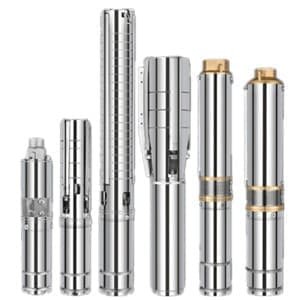


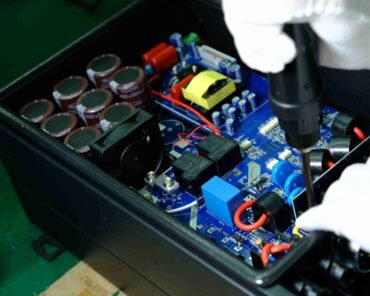
](https://hobertek.com/wp-content/uploads/2025/03/solar-pump-inverter-for-irrigation-efficient-water-pumping-solution-370x296.png)
